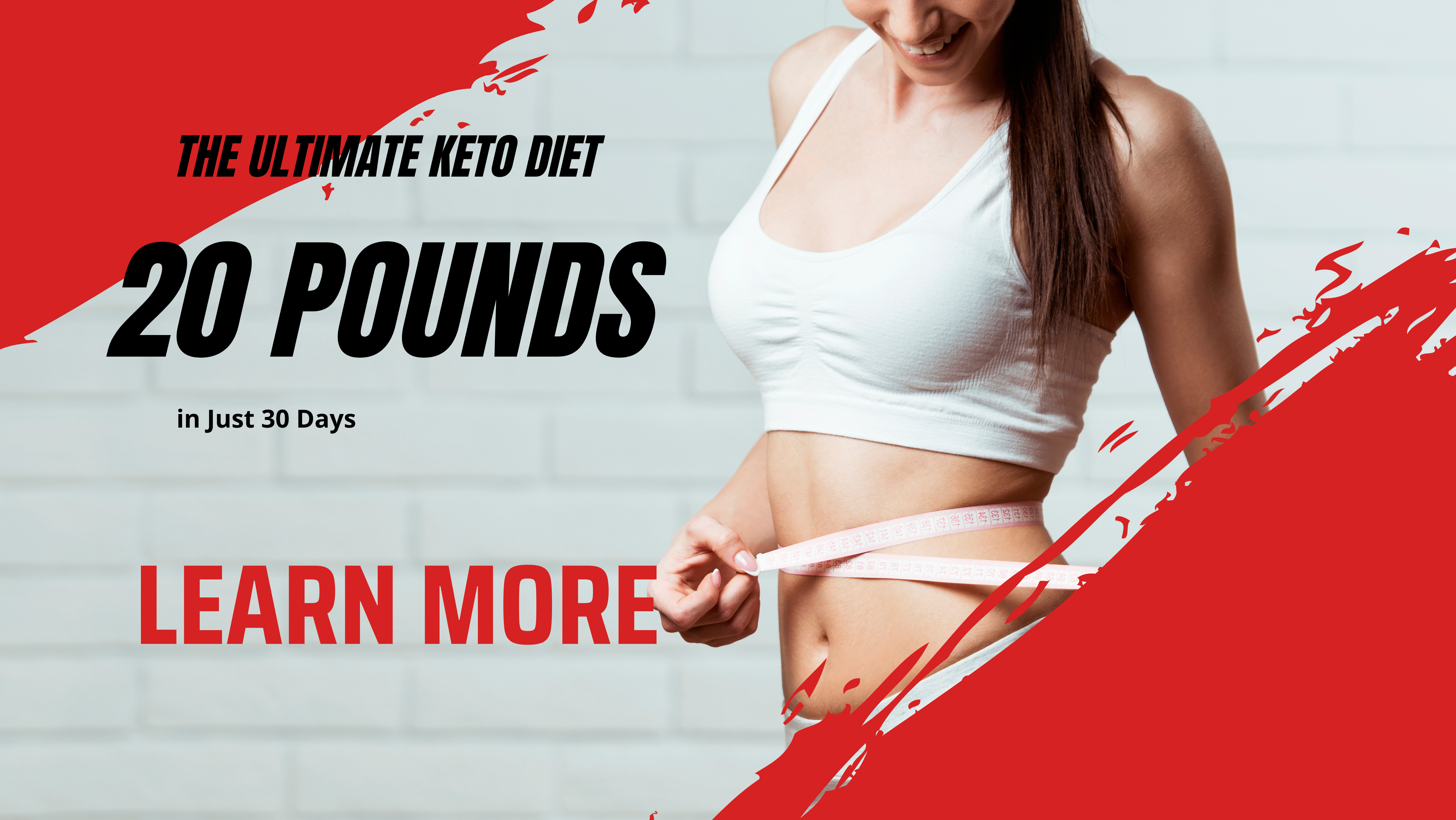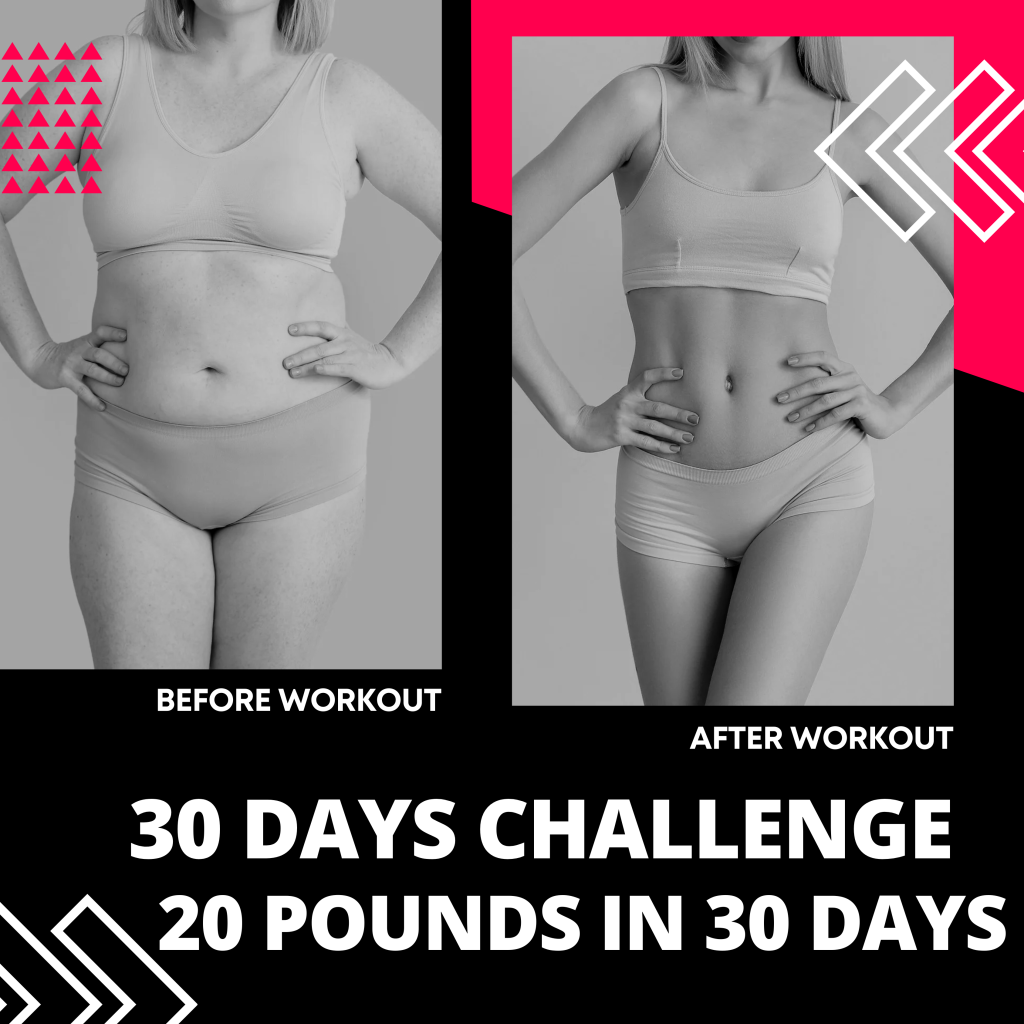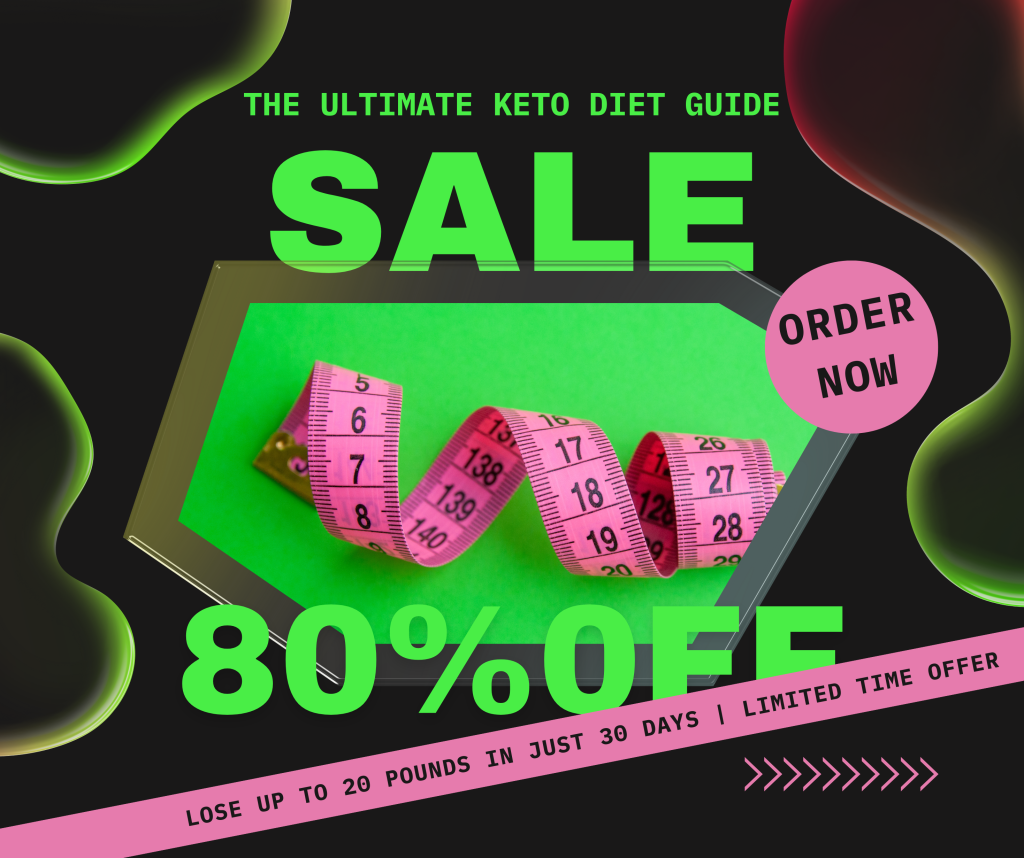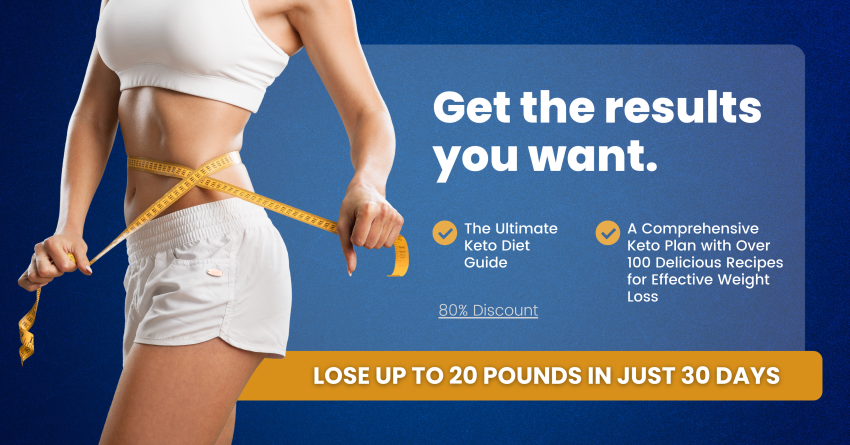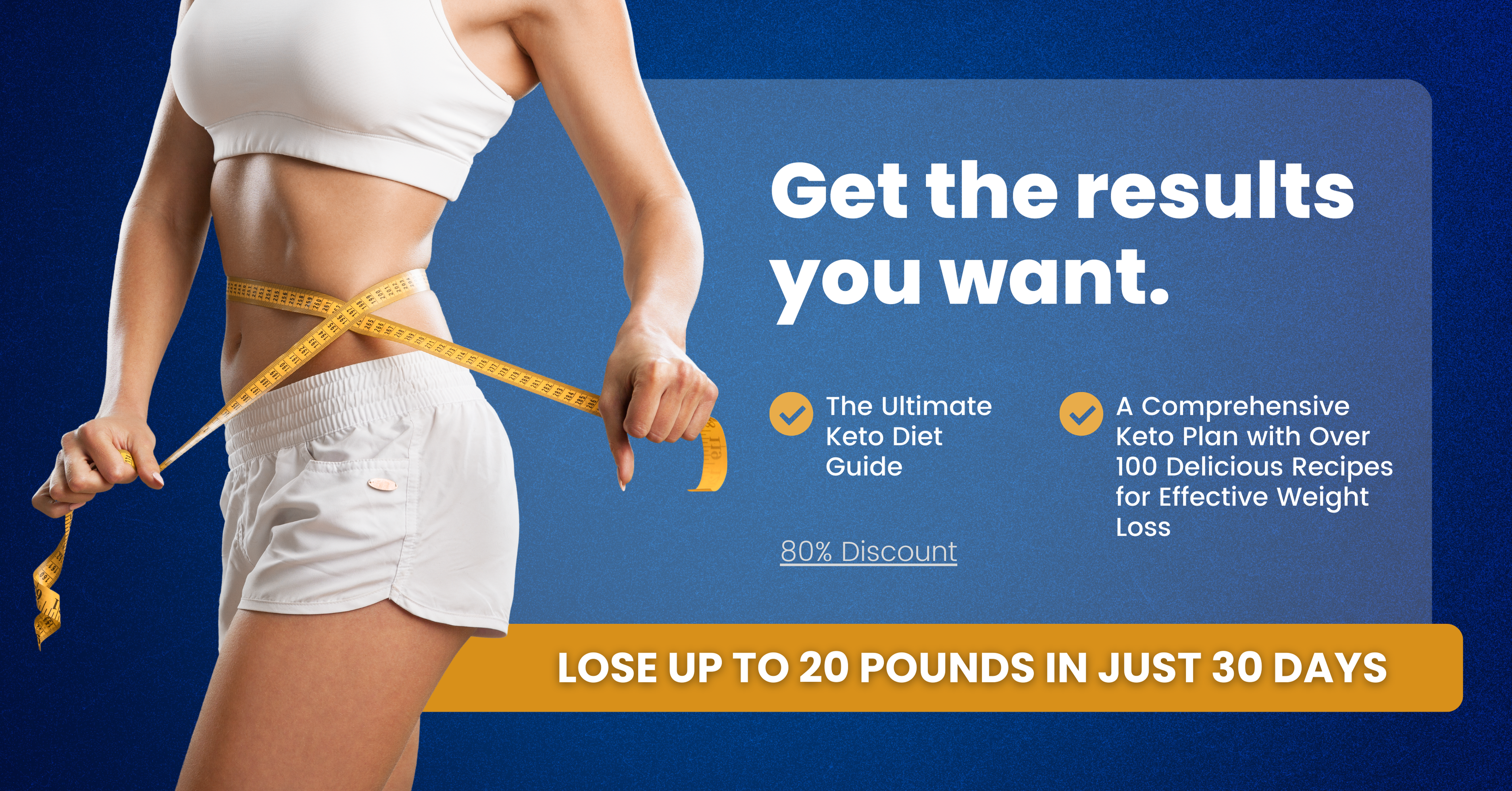

The ketogenic diet, commonly known as the Keto diet, has gained immense popularity in recent years for its ability to promote weight loss, increase energy levels, and improve overall health. However, like any other diet, it is important to understand the dos and don’ts to ensure you are following it correctly and reaping the maximum benefits.
Dos:
1. Focus on low-carb, high-fat foods: The main principle of the Keto diet is to drastically reduce your intake of carbohydrates and increase your consumption of healthy fats. This helps your body enter a state of ketosis, where it burns fat for fuel instead of glucose. Good sources of healthy fats include avocados, nuts, seeds, and olive oil.
2. Include quality protein: While the Keto diet is primarily focused on fats, it is also important to include adequate amounts of protein in your meals. Choose lean protein sources such as chicken, turkey, fish, and tofu to support muscle growth and repair.
3. Stay hydrated: Drinking plenty of water is essential on the Keto diet, as it helps to flush out toxins, keep you feeling full, and maintain electrolyte balance. Aim to drink at least 8-10 glasses of water per day.
4. Plan your meals: To ensure you are getting all the nutrients you need while following the Keto diet, it is important to plan your meals in advance. This will help prevent you from reaching for unhealthy, high-carb snacks when you are hungry.
Don’ts:
1. Overconsume unhealthy fats: While healthy fats are a key component of the Keto diet, it is important to focus on quality sources of fats such as avocados, nuts, and olive oil. Avoid overloading on unhealthy fats found in fried foods, processed snacks, and fatty meats.
2. Ignore micronutrients: While the Keto diet can be effective for weight loss, it can also lead to nutrient deficiencies if you are not careful. Make sure to include a variety of vegetables in your meals to ensure you are getting essential vitamins and minerals.
3. Skip electrolytes: When you are in ketosis, your body may excrete more electrolytes such as sodium, potassium, and magnesium. It is important to replenish these electrolytes through sources such as salt, leafy greens, and nuts to prevent fatigue, muscle cramps, and other side effects.
4. Turn to processed Keto-friendly foods: The Keto diet has given rise to a plethora of processed, low-carb products that claim to be Keto-friendly. While these foods may fit within your macros, they are often lacking in nutrients and can be high in artificial ingredients. Focus on whole, unprocessed foods for optimal health.
In conclusion, the Keto diet can be a powerful tool for improving your health and achieving your weight loss goals. By keeping the dos and don’ts in mind, you can make the most of this dietary approach and enjoy the many benefits it has to offer. Remember to listen to your body, stay consistent, and consult with a healthcare professional before making any drastic changes to your diet.
